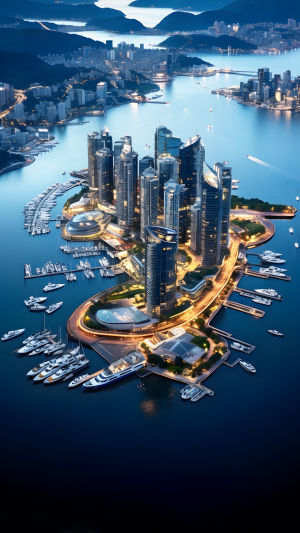<h3>Urban Planning</h3>:
Dubai's urban planning is a testament to foresight, with a design that facilitates tourist exploration and comfort. The cityscape boasts a harmonious blend of traditional and modern architecture, creating a visually appealing environment.
Navigation is intuitive, thanks to the interconnected layout of neighborhoods. Iconic skyscrapers and leisure spaces are strategically positioned to be easily accessible, reducing transit time and enriching the tourist experience.
<h3>Accessibility</h3>:
The city’s design includes a plethora of signage in multiple languages, making navigation straightforward for international visitors. The availability of tourist information centers and digital kiosks further simplifies the travel experience.
<h3>Attractions Integration</h3>:
The city's attraction integration is strategic, with clusters of sites positioned in proximity for convenience. This planning allows tourists to maximize their visit, experiencing a variety of attractions without the need for extensive travel.
For instance, the proximity of the Burj Khalifa to other landmarks enables visitors to enjoy multiple facets of Dubai's charm within a single area.
In essence, Dubai's urban design is not just about aesthetics but also about providing an efficient, enjoyable, and accessible experience for every visitor, illustrating the city's reputation as a world-class tourist destination.





